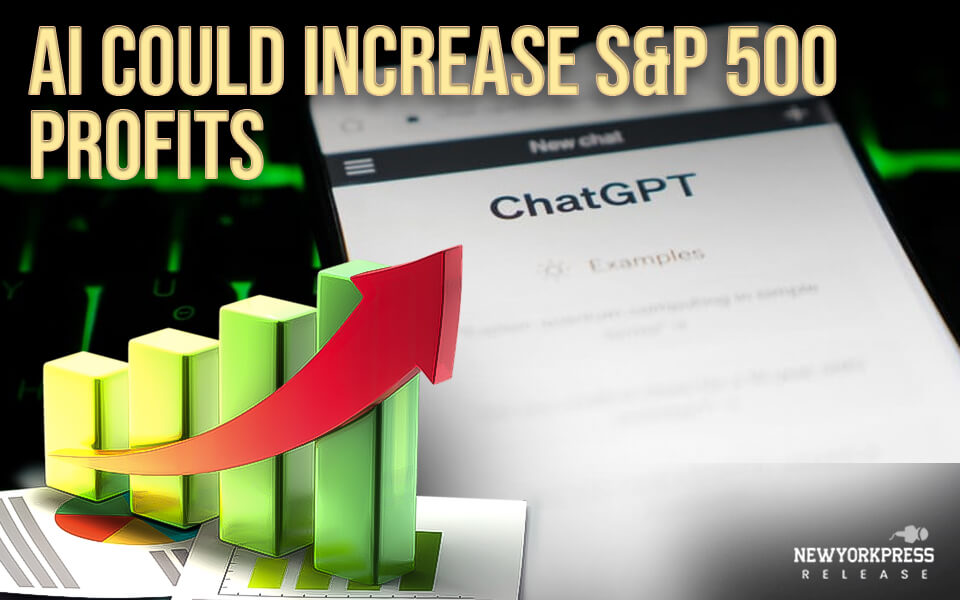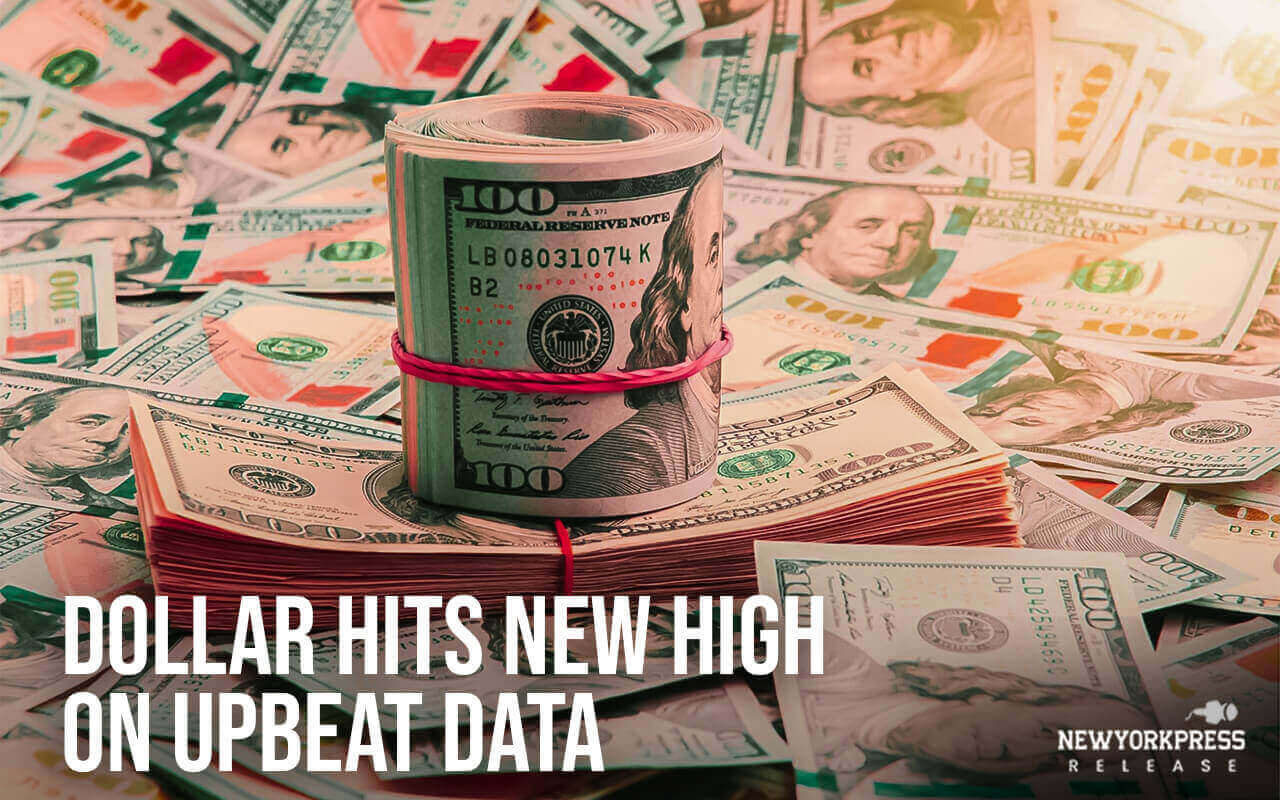Goldman Sachs is optimistic about artificial intelligence and is hopeful that the technology could help drive S&P 500 gains in the next decade.
“Over the next 10 years, AI could increase productivity by 1.5% per year. And that could increase S&P 500 profits by 30% or more over the next decade,” Goldman’s senior strategist Ben Snider told CNBC Thursday.
ChatGPT is a chatbot designed by OpenAI. Its appearance has prompted a firestorm of interest in AI and its potential disruption in people’s daily lives. It has also sparked new interest among investors looking for a new source of yield growth at a time when borrowing costs have skyrocketed and supply chain issues have hampered optimism.
“A lot of the favorable factors that led to that expansion (of S&P 500) earnings seem to be reversing,” Snider stated on CNBC’s “Asia Squawk Box.”
“But the real source of optimism now is productivity enhancements through artificial intelligence.”
“It’s clear to most investors that the immediate winners are in the technology sector,” Snider continued. “The real question for investors is who are going to be winners down the road.”
He asserted that “in 1999 or 2000 during the tech bubble, it would be very hard to envision Facebook or Uber changing the way we live our lives.”
Snider advised that investors should diversify their U.S. stock investments in cyclical and defensive areas, highlighting the energy and health-care sectors for their low valuations.
In the short term, he believes the Federal Reserve of the U.S. has accomplished the majority of its monetary policy tightening.
“The question is: In which ways will that continue to affect the economy moving forward?” Snider said. “One sign of concern in the recent earnings season is that S&P 500 companies are starting to pull back a bit on corporate spending.”
He stated that increased interest rates could be one of the reasons.
“If interest rates are high, as a company, you might be a little more averse to issuing debt and therefore you might pull back on your spending. And indeed if we look at S&P 500 buybacks, they were down 20% year-over-year in the first quarter of this year — that is one sign perhaps we haven’t seen all the effects of this tightening cycle.”




